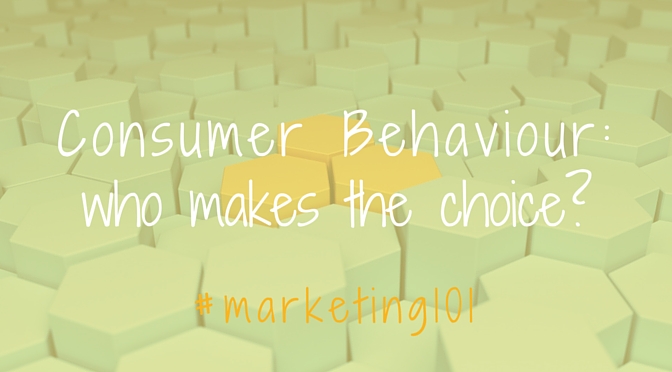
As all of you already know, marketers (the very good ones) can see into the future. But unlike in the case of other clairvoyants, theirs isn’t a ‘gift’ or a special ‘intuition’; we know exactly how they are able to predict what consumers will buy, as well as how, where and when.
If you too want to master the art of precognition and bring your marketing strategy to the next level, you should start by understanding the consumer behaviour. Mind, this is a lot easier said than done, but with a little practice the consumer’s mind will hold no secrets for you.
To recognise how the psychology of the consumer works when he needs/wants to buy a good or service is fundamental if you want to be able to direct him to a specific product and close the sale. When you look at the consumer behaviour, you are looking at the process they go through to satisfy their needs.
The consumer decision-making process can be divided into 5 steps:
Need Recognition: consumers learn they have a need for something. This need is triggered by internal stimuli (perceived as a physiological need) or external stimuli (induced by the exposure to an external element). It can be functional (strictly related to the function of the product), social (deriving from the need of social recognition and belonging) or a need for change (think about that new iPhone…).
Information gathering: once a need has been perceived and recognised, the consumer’s first instinct is to seek information about the way he can resolve his imbalanced (presence of a need) condition. Information are collected internally (memory, preferences, habits,…) or, if what we know isn’t enough to make a choice, externally (other people’s opinions,…).
Alternative evaluation: the consumer proceeds to consider the various options available, evaluating them based on rational/objective (price…) or irrational/subjective (prestige…) criteria.
Purchase: the consumer is finally ready to buy! Be aware: he can always change mind at the last moment (the shop’s policy on returns may put him off,…). Marketers know this and that’s why they (the really good ones) guide him until the very moment of the physical purchase, especially when it comes to infrequent purchases like a car or other luxury goods, by for example offering a monthly payment option.
Re-evaluation: now that his need has been fulfilled, the consumer will decide whether the purchase produced a sense of satisfaction (he made the right choice in buying that product) or a sense of disappointment (perhaps leading him to return the product or reconsidering his initial need).
When planning your marketing strategy, use the consumer behaviour study to be able to anticipate and react to your consumers’ needs faster than your competitors. Welcome to the fortune tellers’ club!
by Alessia